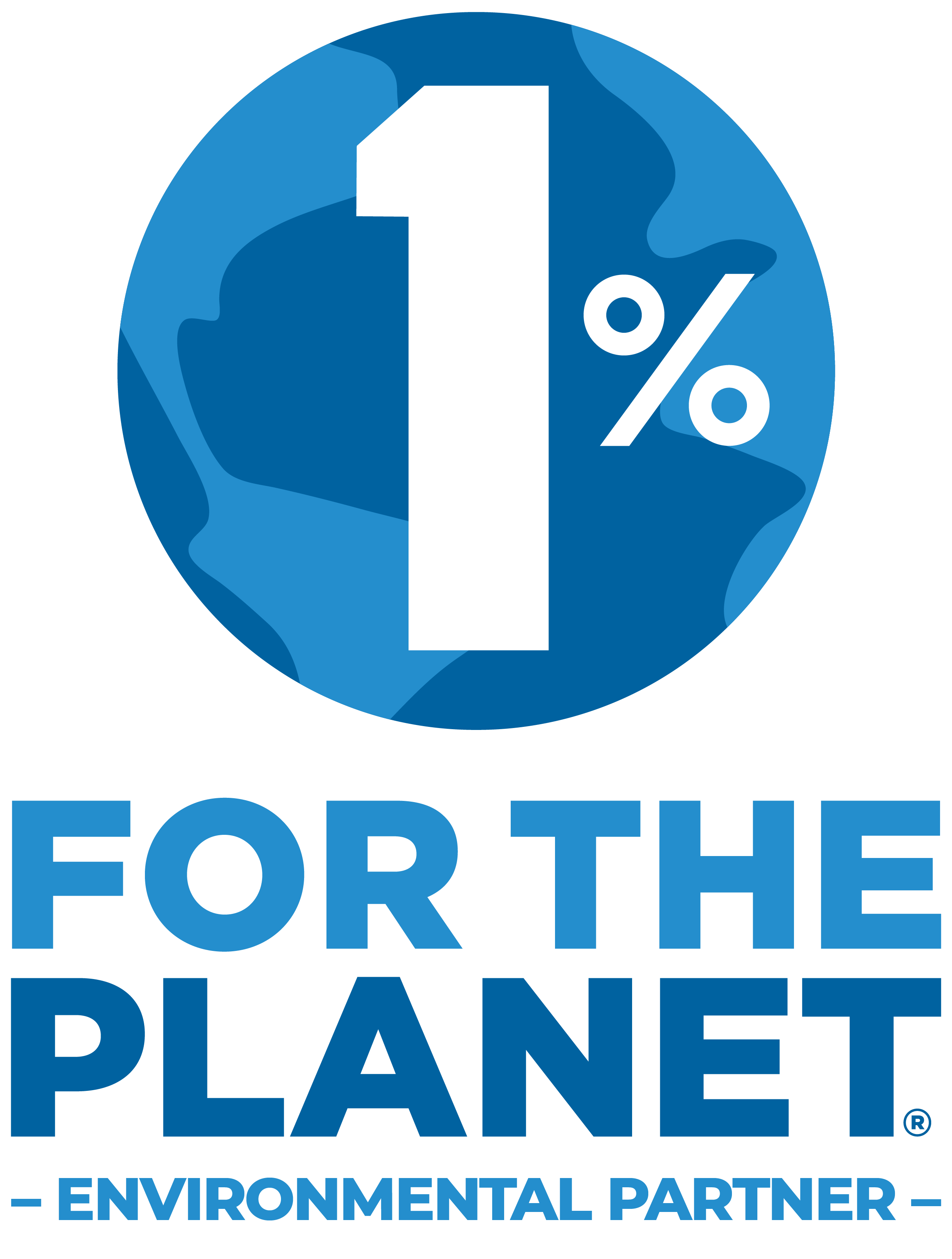Active banners: 1 Visible banners: 1
Banner ID: 25 Has content: true
Join us for the Teaching Economics through Climate – The Snowmobile Business Plan - January 13, 2026 4-5pm ET
A More Accurate Way to Calculate Emissions
Provided by: TED |Published on: June 12, 2022
Videos
9101112
Synopsis
- In this video, green technologist Charlotte Degot describes the difficulties in measuring total greenhouse gas emissions for corporations and the opportunities in using artificial intelligence to better calculate these emissions.
- It discusses that with more accurate emissions measurements (that take into account supply chains and all sources), companies will be able to create more attainable goals for reduction and better monitor their progress towards these goals.

Subjects: Earth and Space Sciences, Computer Science
Authors: Charlotte Degot
Region: Global
Languages: English
Teaching Materials
Positives
- The video uses charts, which will help students understand the complex real-world examples.
- The speaker is optimistic about the impacts of AI technology, while also realistically maintaining the need for additional solutions beyond this.
Additional Prerequisites
- An ad may play at the end of the video.
- Students should know what artificial intelligence is and how it is used.
Differentiation
- There are subtitles and a transcript available in nine different languages.
- This could be used in science courses while learning about climate change solutions or technological innovation.
- Technology or engineering courses could use this video to discuss artificial intelligence uses and the role of technology in real-world problem solving.
- To illustrate how difficult emissions calculations can be, teachers could challenge students to quantify the emissions of their school day taking into account various factors like transportation, electricity, food production, etc.
- Cross-curricular connections can be made with economics classes by discussing the financial benefits or drawbacks for companies to utilize AI technology in emissions tracking.
- Other related resources include the interactive lesson AI for Oceans and the digital text and podcast MIT Climate Primer Solutions.
Scientist Notes
Teaching Tips
Standards
Resource Type and Format
All resources can be used for your educational purposes with proper attribution to the content provider.



